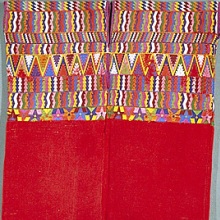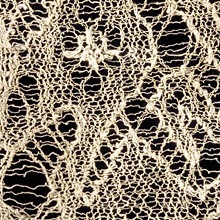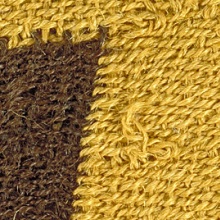learn how
Ancient Techniques - Textiles - Meaning

There is evidence that weaving had a religious significance in the Maya world in pre-Spanish times. Some traces of these beliefs persist into the present. The ancient Maya considered weaving a sacred undertaking, and Quiché Maya stone deity figures were clothed in actual textiles. In the 1930s in Chichecastenango, Guatemala, a woman's weaving tools were buried with her, and in the 1960s, Guatemalan women still offered a prayer before beginning to weave a new textile.

Scholars are suggesting that Peruvian textiles embody a graphic system of expression in their structures and designs, parallel to writing in some societies. The quipu, a device made of colored cords with knots, was used by the Inka to record information. Carefully organized information was built into the structure of the cords, knots, and colors of the quipu as it was made, and could be read back later. Many textile designs mimic the structure of quipu cords (or other textile structures), which suggests that both the designs and structures of textiles are also coded expressions in the graphic system.
The diagonal banding of the gauze headcloth (left) is like a flattened representation of a twisted quipu cord.

Using a relatively simple technology, the complexity of some weaving techniques and combinations of techniques indicates that ancient Peruvians were less concerned with efficiency of effort, than with particular visual results. Similar designs to those illustrated here in discontinuous warp and weft technique could be achieved with tapestry weave or supplementary weft with much less effort and time. For this reason, the slower and more labour-intensive method of discontinuous warp and weft may have had a prestige, or there may have been a conceptual value associated with the structure.